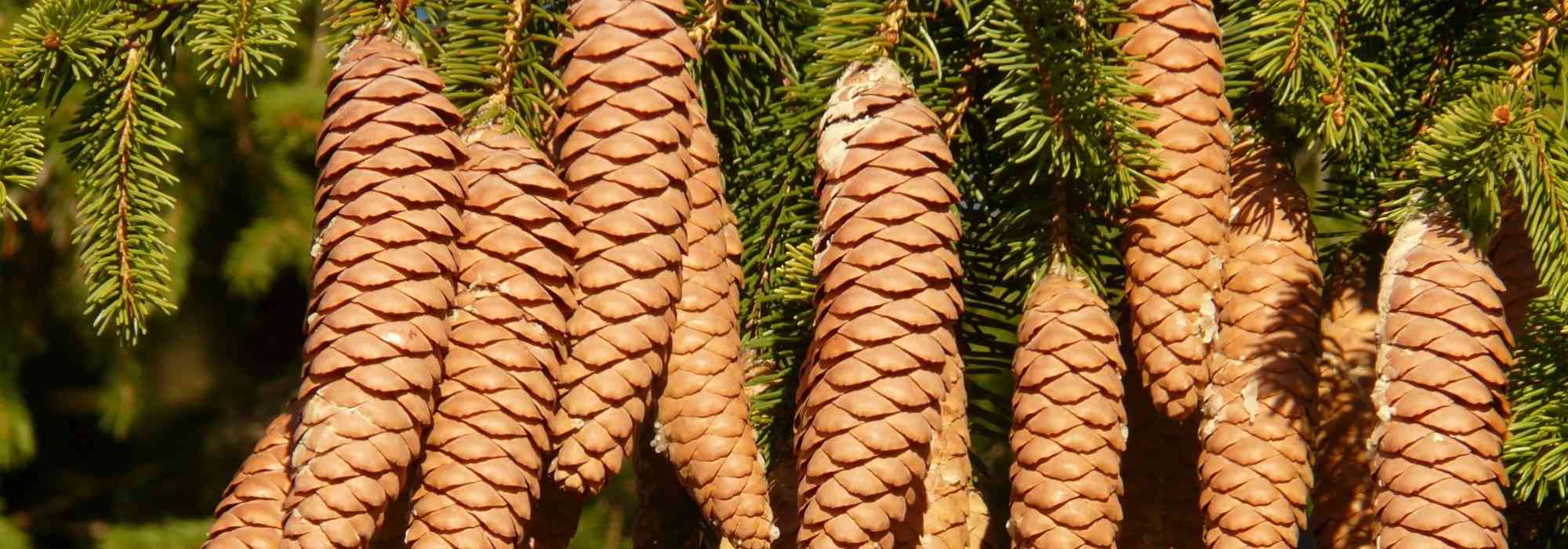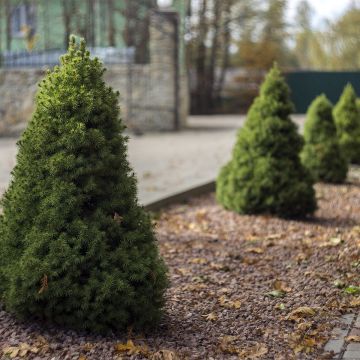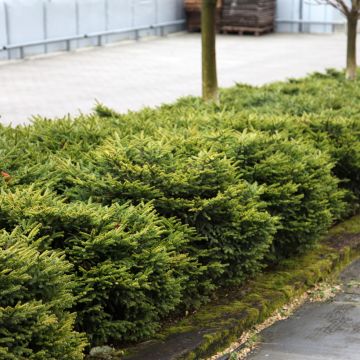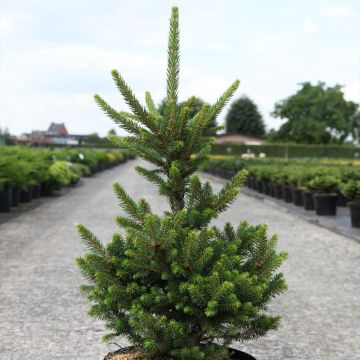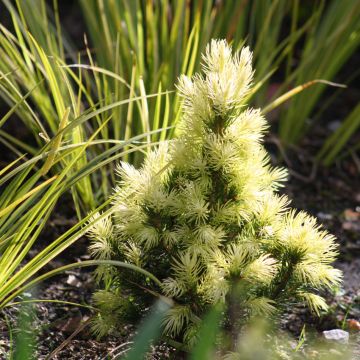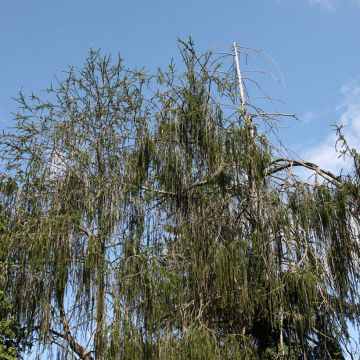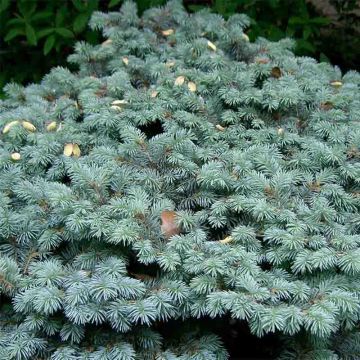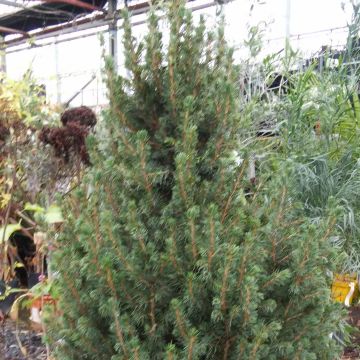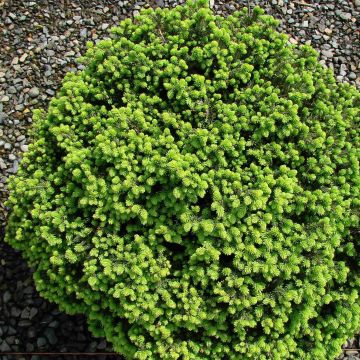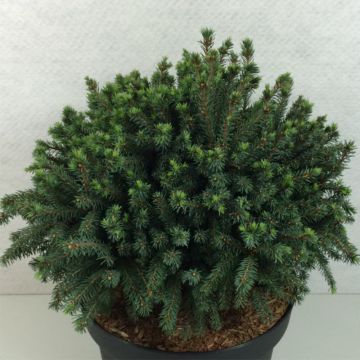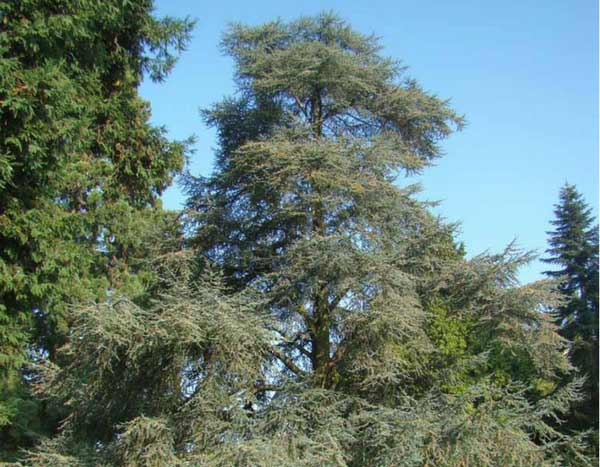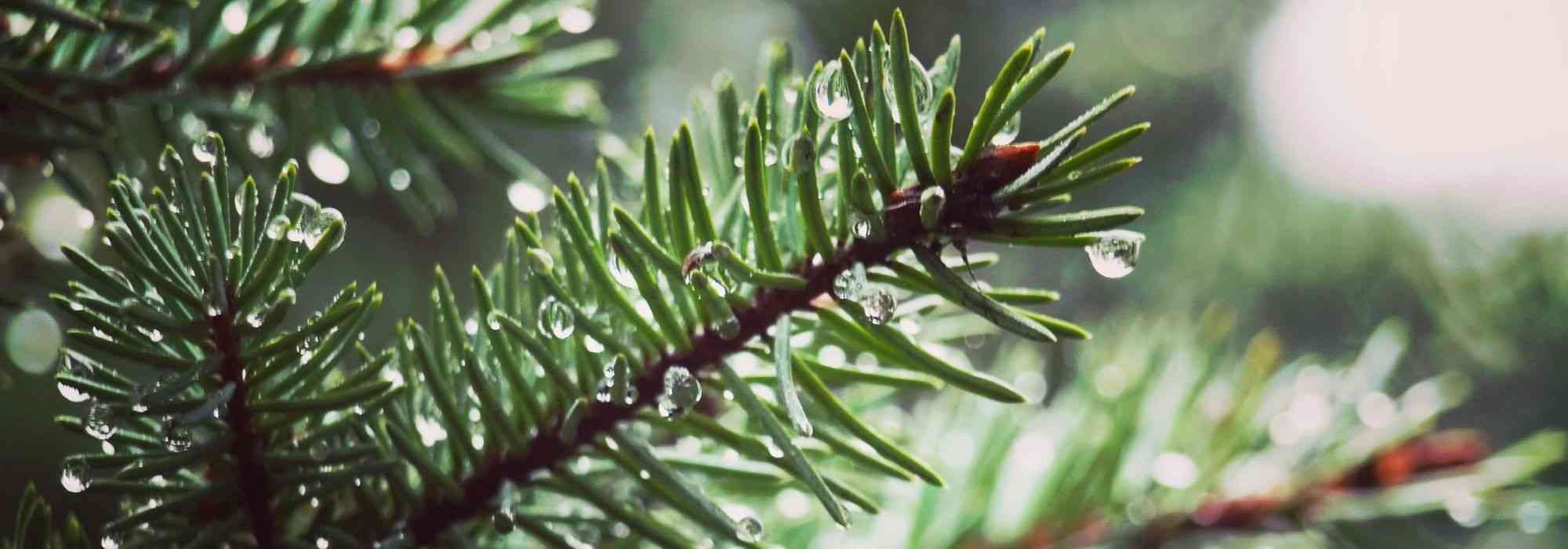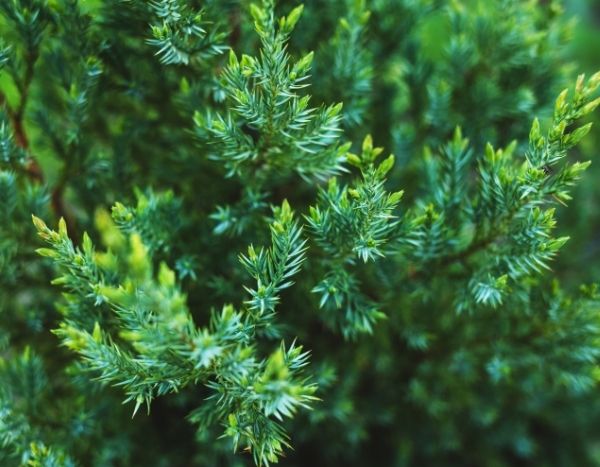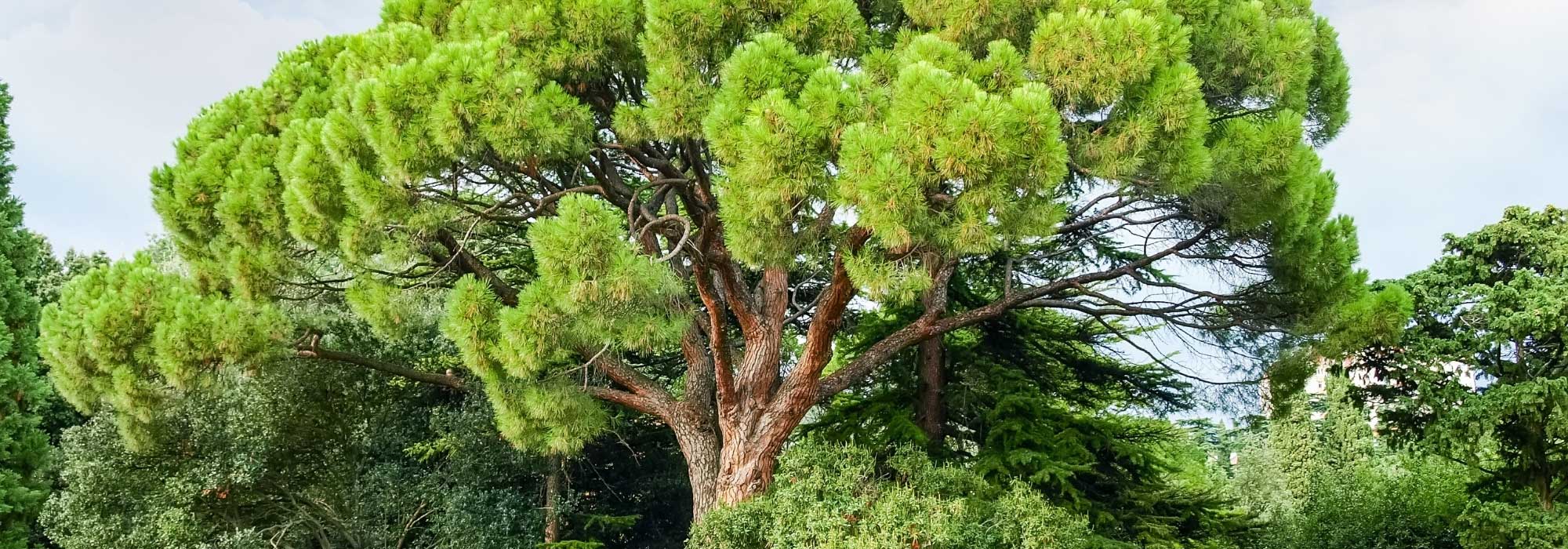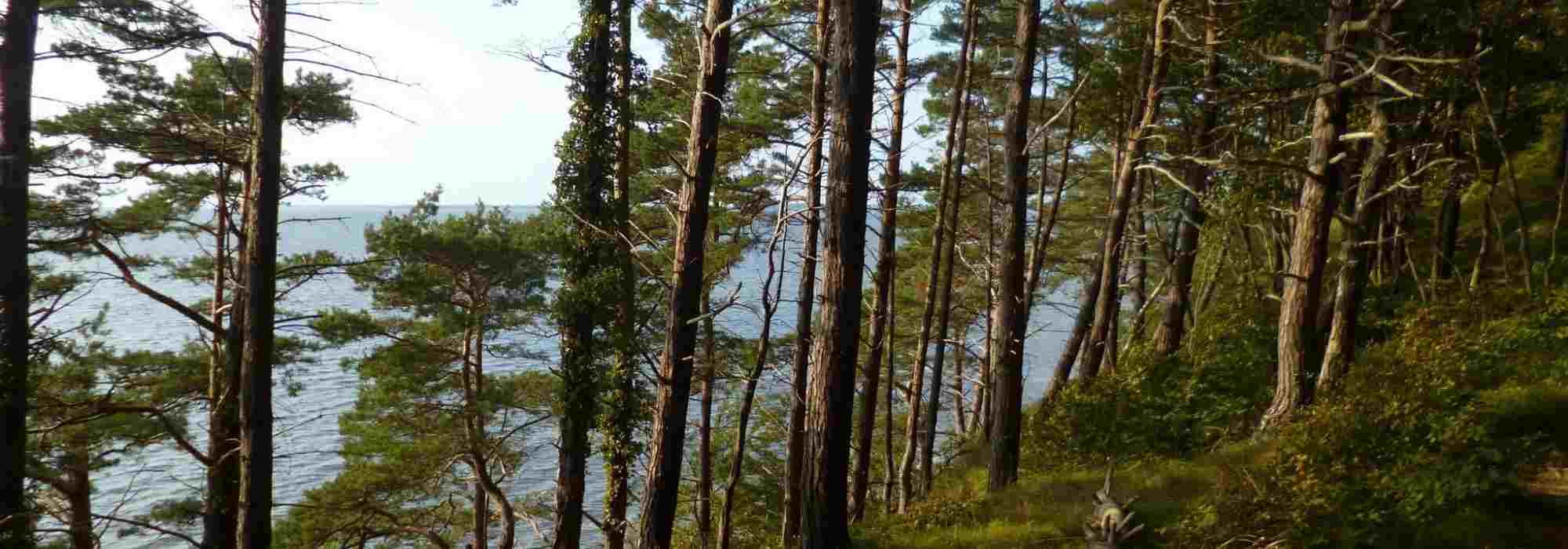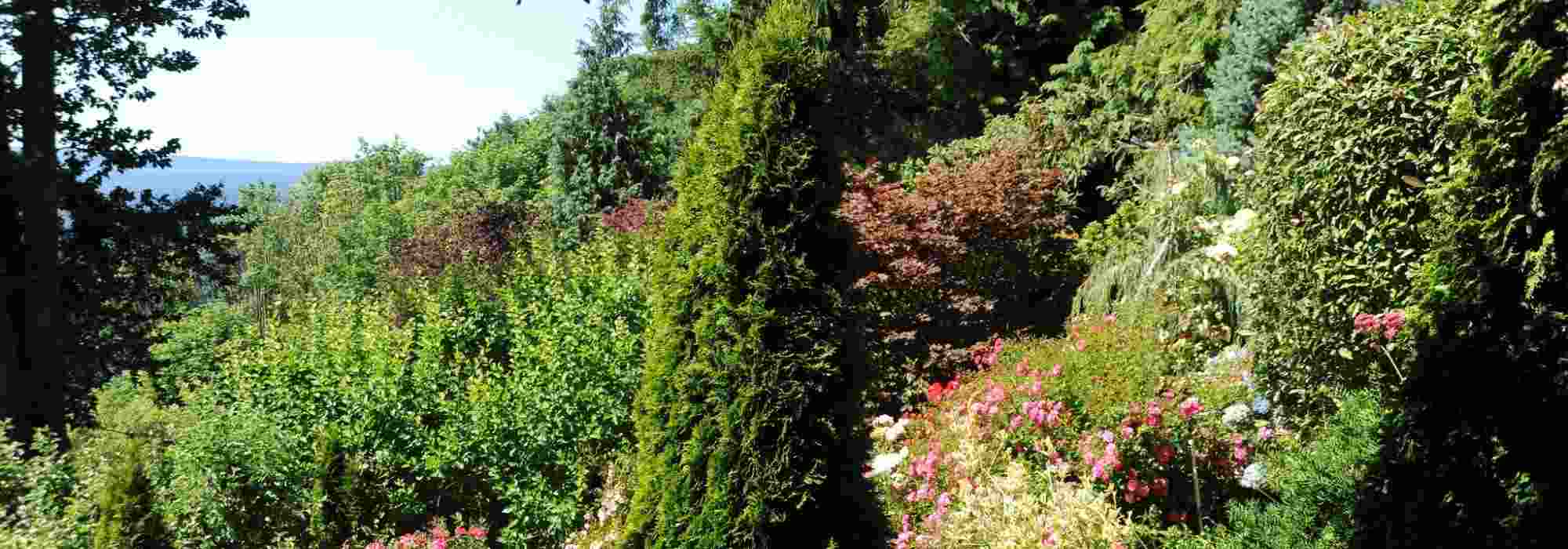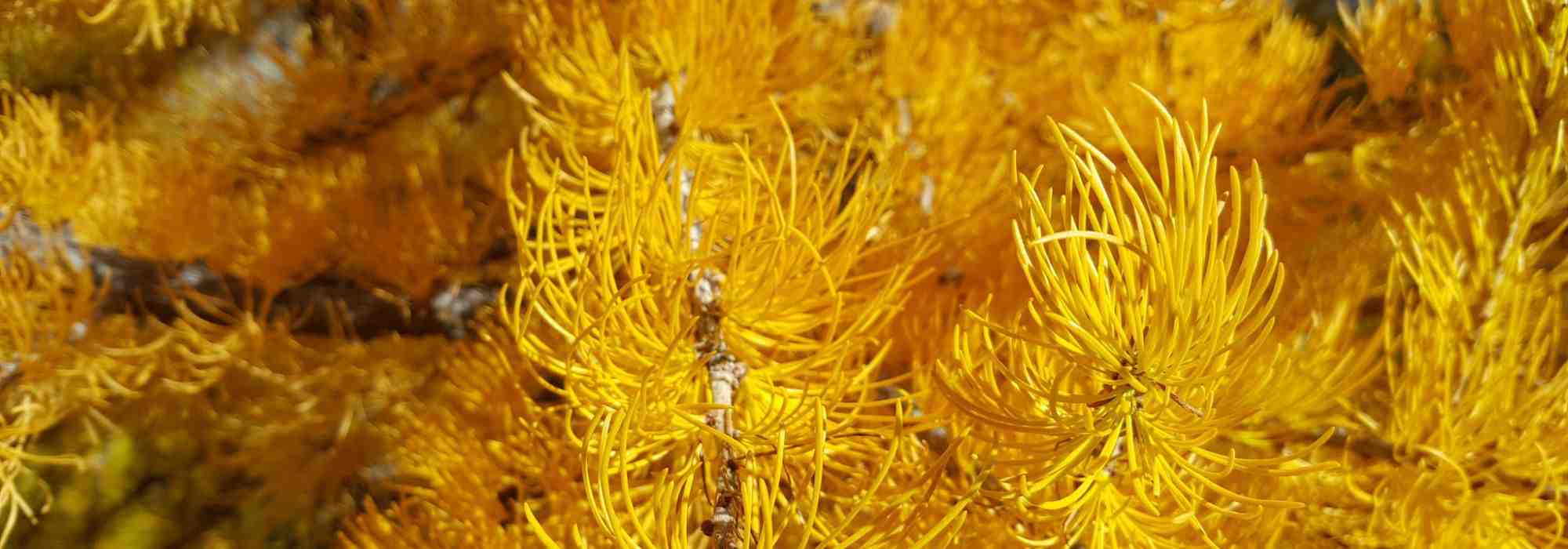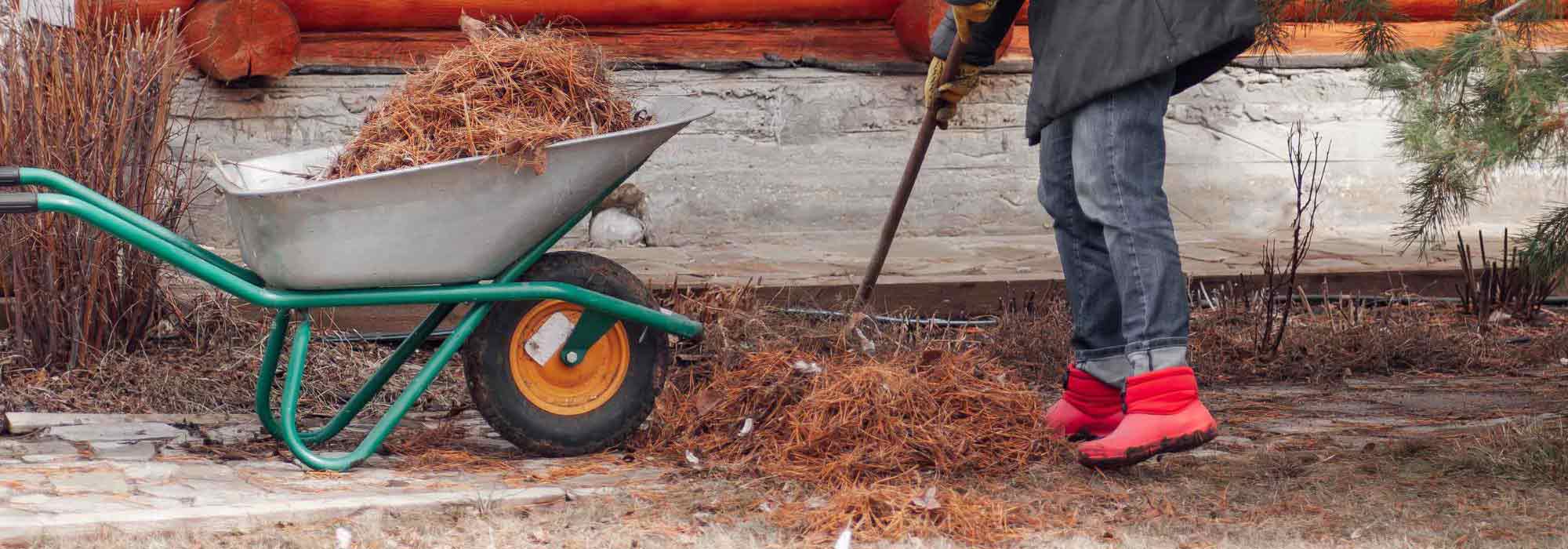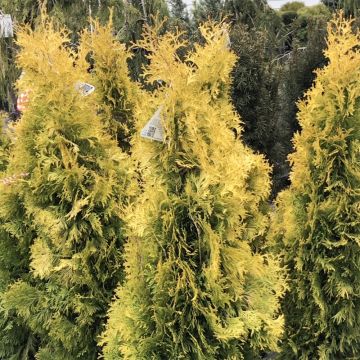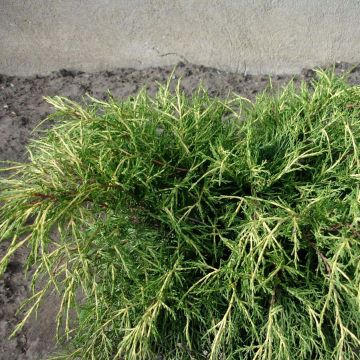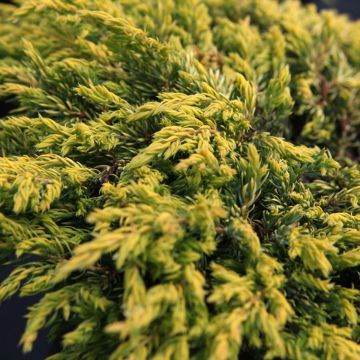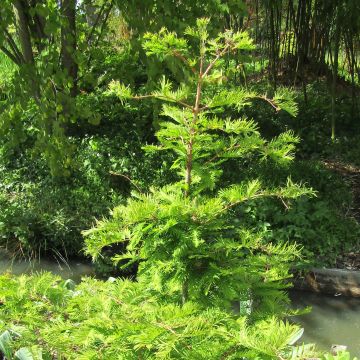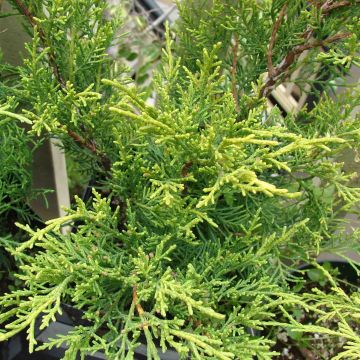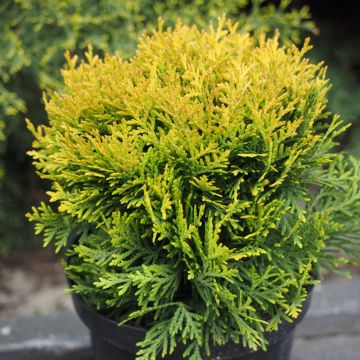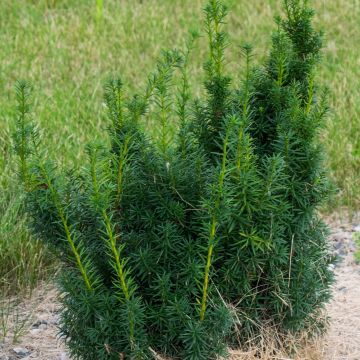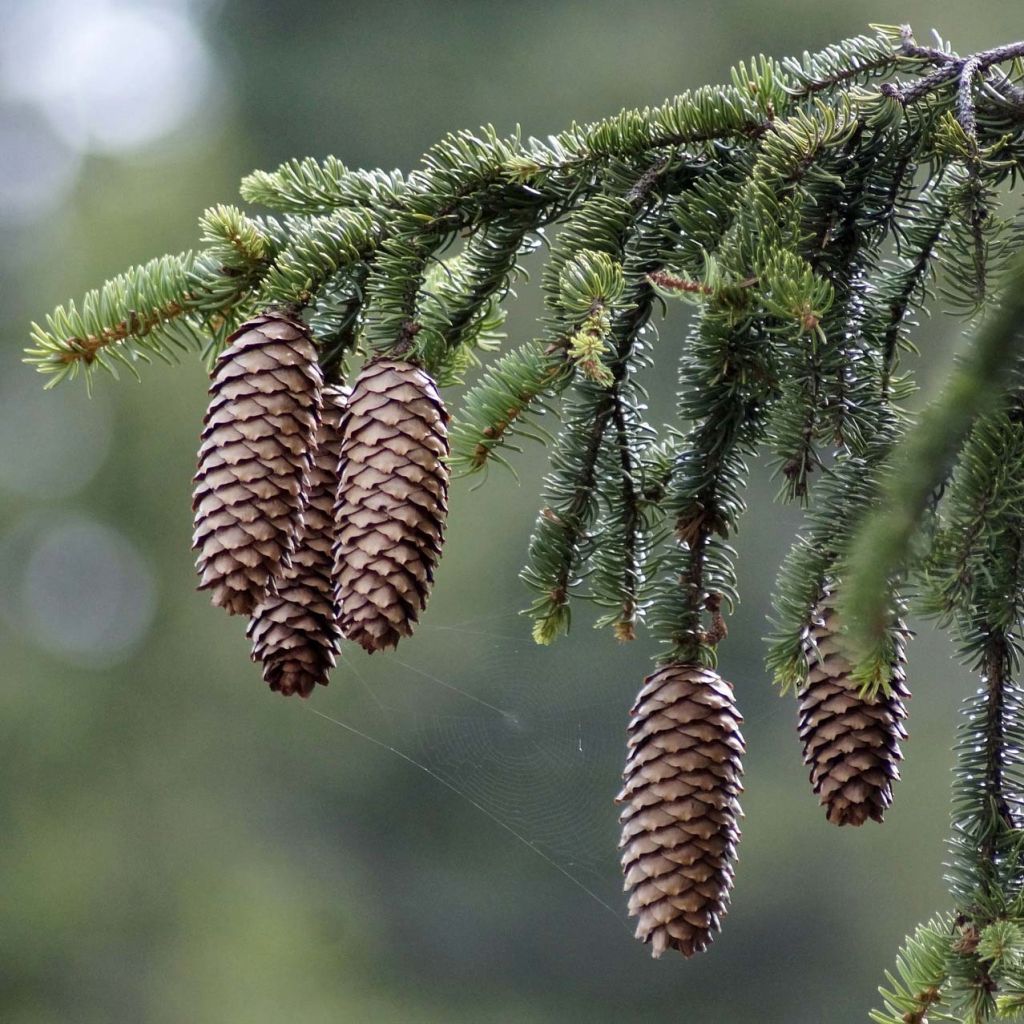

Picea abies - Norway Spruce
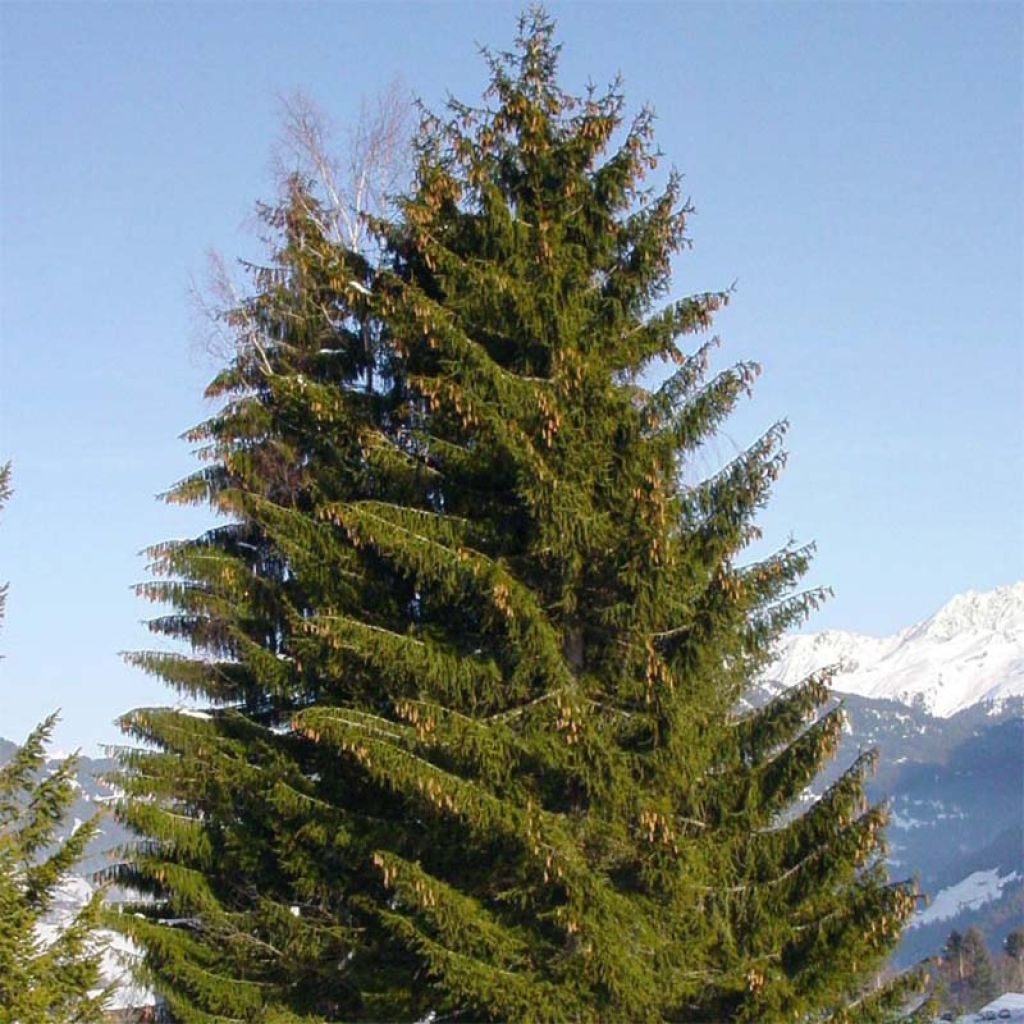

Picea abies - Norway Spruce
Picea abies - Norway Spruce
Picea abies
Norway Spruce, Common Spruce, European Spruce
Special offer!
Receive a €20 voucher for any order over €90 (excluding delivery costs, credit notes, and plastic-free options)!
1- Add your favorite plants to your cart.
2- Once you have reached €90, confirm your order (you can even choose the delivery date!).
3- As soon as your order is shipped, you will receive an email containing your voucher code, valid for 3 months (90 days).
Your voucher is unique and can only be used once, for any order with a minimum value of €20, excluding delivery costs.
Can be combined with other current offers, non-divisible and non-refundable.
Home or relay delivery (depending on size and destination)
Schedule delivery date,
and select date in basket
This plant carries a 24 months recovery warranty
More information
We guarantee the quality of our plants for a full growing cycle, and will replace at our expense any plant that fails to recover under normal climatic and planting conditions.
Does this plant fit my garden?
Set up your Plantfit profile →
Description
The Common Spruce, in Latin Picea abies, is a majestic conifer that we know without knowing it as the friendly Christmas tree, although it has been supplanted in recent years by the Nordmann Fir. It is recognizable by its regular conical to pyramidal habit, its pendulous cones, and its dark green, shiny, short, and sharp needles. The Common Spruce is a species of cold and humid climates, which thrives in full sun or partial shade, in any moist but well-drained soil. It is best suited for parks and large gardens.
Picea abies, also known as the Norway Spruce or Red Spruce, is an evergreen conifer belonging to the pine family. It is native to northern Europe, specifically Scandinavia. In its natural environment, it typically has a conical and pyramidal habit and can reach a height of 30m (98ft 5in) or more in Eastern Europe. This species, which prefers mountainous and forested areas, tolerates partial shade quite well. Its shallow and spreading root system makes it susceptible to strong winds, especially as its voluminous vegetation offers a good grip.
The Common Spruce exhibits a moderately fast growth rate, depending on the growing conditions. It develops a straight trunk and a conical to pyramidal crown. Its bark is initially reddish-brown and covered with fine scales, but becomes greyish-brown with thicker scales as it ages. Its white wood is highly valued in carpentry. The branches are long and pendulous or, conversely, short and stiff. The solitary needles, measuring 1.5 to 2.5cm (0.6 to 1in) in length, are inserted in brushes on the branches. They are fairly dark green and persist throughout the year, even in winter. The Picea abies is a monoecious species, meaning that male and female cones appear in different locations on the same tree: the oval-shaped male cones, yellow-orange in colour, develop on one-year-old branches, while the female cones appear at the end of the branches. The latter, initially upright and green to reddish, later become brown and pendulous. These scaly cones measure between 10 and 18cm (3.9 and 7.1in) in length. After releasing small brown seeds, they fall to the ground in winter.
The Norway Spruce is particularly well-suited to mountainous gardens and cold climates. Its large size makes it suitable for large gardens. It blends well with stones, geometric lines, and masonry work. It can be planted individually or in groups of three to create a large grove. At its base, you can plant German ferns (Matteuccia struthiopteris), violets, Solomon's seal, or wood sorrel (Oxalis acetosella), for example. The true graphic qualities of conifers naturally stand out in the design of a contemporary garden, which prefers the aesthetics of shapes, silhouettes, and textures over the dance of blooms. These plants, with their reassuring permanence, provide lasting structure to the space.
Picea abies - Norway Spruce in pictures
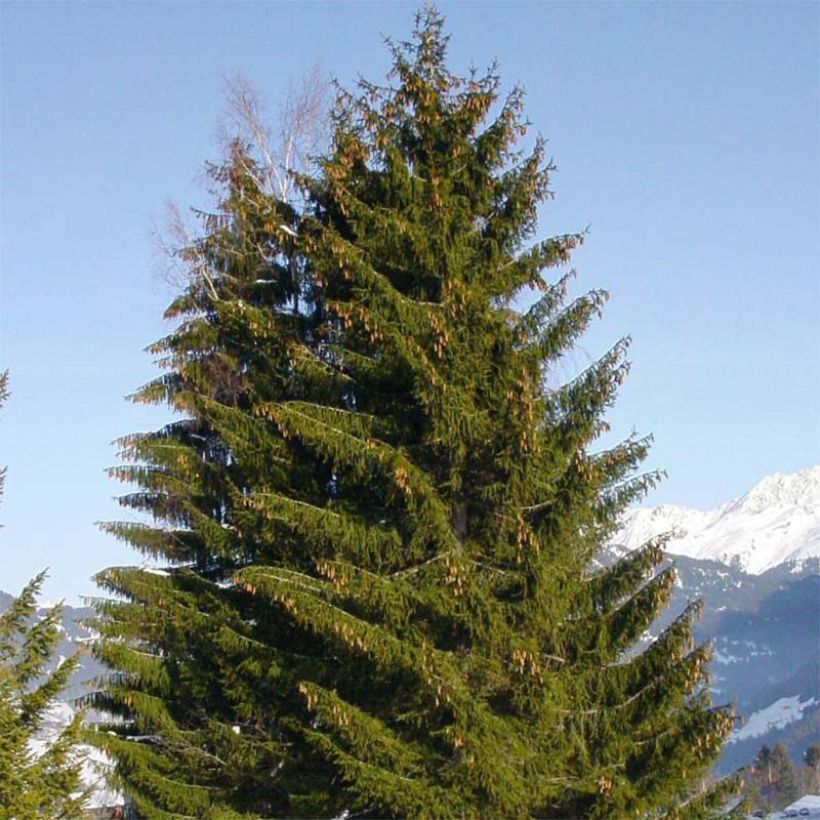

Plant habit
Flowering
Foliage
Botanical data
Picea
abies
Pinaceae
Norway Spruce, Common Spruce, European Spruce
Northern Europe
Other Picea
View all →Planting and care
Picea abies is planted from September to November and from February to June in deep, well-drained soil, neither too acidic nor too chalky, rather moist. Choose a well-cleared, sunny or semi-shaded place, sheltered from prevailing winds. Soak the root balls well before planting. Add organic amendment to the planting hole and water generously in the first few years, and in case of prolonged drought. Apply a special conifer fertilizer every year in April and cultivate the soil in summer. This extremely hardy conifer, however, fears heavy soils that are waterlogged in winter. Pruning is not necessary, on the contrary, as this plant expresses its full potential when allowed to grow freely. Simply remove dead branches in winter.
Planting period
Intended location
Care
Planting & care advice
This item has not been reviewed yet - be the first to leave a review about it.
Similar products
Haven't found what you were looking for?
Hardiness is the lowest winter temperature a plant can endure without suffering serious damage or even dying. However, hardiness is affected by location (a sheltered area, such as a patio), protection (winter cover) and soil type (hardiness is improved by well-drained soil).

Photo Sharing Terms & Conditions
In order to encourage gardeners to interact and share their experiences, Promesse de fleurs offers various media enabling content to be uploaded onto its Site - in particular via the ‘Photo sharing’ module.
The User agrees to refrain from:
- Posting any content that is illegal, prejudicial, insulting, racist, inciteful to hatred, revisionist, contrary to public decency, that infringes on privacy or on the privacy rights of third parties, in particular the publicity rights of persons and goods, intellectual property rights, or the right to privacy.
- Submitting content on behalf of a third party;
- Impersonate the identity of a third party and/or publish any personal information about a third party;
In general, the User undertakes to refrain from any unethical behaviour.
All Content (in particular text, comments, files, images, photos, videos, creative works, etc.), which may be subject to property or intellectual property rights, image or other private rights, shall remain the property of the User, subject to the limited rights granted by the terms of the licence granted by Promesse de fleurs as stated below. Users are at liberty to publish or not to publish such Content on the Site, notably via the ‘Photo Sharing’ facility, and accept that this Content shall be made public and freely accessible, notably on the Internet.
Users further acknowledge, undertake to have ,and guarantee that they hold all necessary rights and permissions to publish such material on the Site, in particular with regard to the legislation in force pertaining to any privacy, property, intellectual property, image, or contractual rights, or rights of any other nature. By publishing such Content on the Site, Users acknowledge accepting full liability as publishers of the Content within the meaning of the law, and grant Promesse de fleurs, free of charge, an inclusive, worldwide licence for the said Content for the entire duration of its publication, including all reproduction, representation, up/downloading, displaying, performing, transmission, and storage rights.
Users also grant permission for their name to be linked to the Content and accept that this link may not always be made available.
By engaging in posting material, Users consent to their Content becoming automatically accessible on the Internet, in particular on other sites and/or blogs and/or web pages of the Promesse de fleurs site, including in particular social pages and the Promesse de fleurs catalogue.
Users may secure the removal of entrusted content free of charge by issuing a simple request via our contact form.
The flowering period indicated on our website applies to countries and regions located in USDA zone 8 (France, the United Kingdom, Ireland, the Netherlands, etc.)
It will vary according to where you live:
- In zones 9 to 10 (Italy, Spain, Greece, etc.), flowering will occur about 2 to 4 weeks earlier.
- In zones 6 to 7 (Germany, Poland, Slovenia, and lower mountainous regions), flowering will be delayed by 2 to 3 weeks.
- In zone 5 (Central Europe, Scandinavia), blooming will be delayed by 3 to 5 weeks.
In temperate climates, pruning of spring-flowering shrubs (forsythia, spireas, etc.) should be done just after flowering.
Pruning of summer-flowering shrubs (Indian Lilac, Perovskia, etc.) can be done in winter or spring.
In cold regions as well as with frost-sensitive plants, avoid pruning too early when severe frosts may still occur.
The planting period indicated on our website applies to countries and regions located in USDA zone 8 (France, United Kingdom, Ireland, Netherlands).
It will vary according to where you live:
- In Mediterranean zones (Marseille, Madrid, Milan, etc.), autumn and winter are the best planting periods.
- In continental zones (Strasbourg, Munich, Vienna, etc.), delay planting by 2 to 3 weeks in spring and bring it forward by 2 to 4 weeks in autumn.
- In mountainous regions (the Alps, Pyrenees, Carpathians, etc.), it is best to plant in late spring (May-June) or late summer (August-September).
The harvesting period indicated on our website applies to countries and regions in USDA zone 8 (France, England, Ireland, the Netherlands).
In colder areas (Scandinavia, Poland, Austria...) fruit and vegetable harvests are likely to be delayed by 3-4 weeks.
In warmer areas (Italy, Spain, Greece, etc.), harvesting will probably take place earlier, depending on weather conditions.
The sowing periods indicated on our website apply to countries and regions within USDA Zone 8 (France, UK, Ireland, Netherlands).
In colder areas (Scandinavia, Poland, Austria...), delay any outdoor sowing by 3-4 weeks, or sow under glass.
In warmer climes (Italy, Spain, Greece, etc.), bring outdoor sowing forward by a few weeks.






























